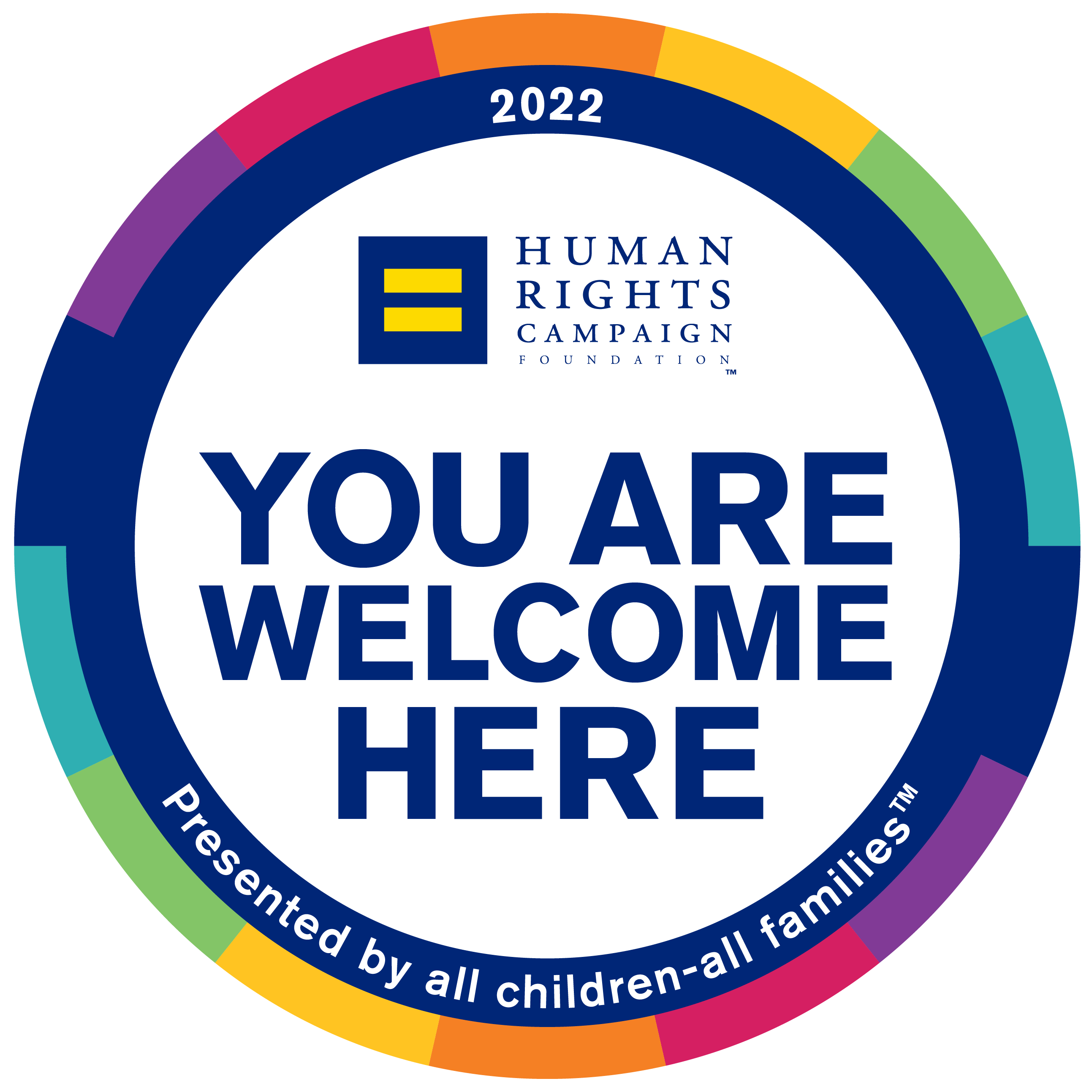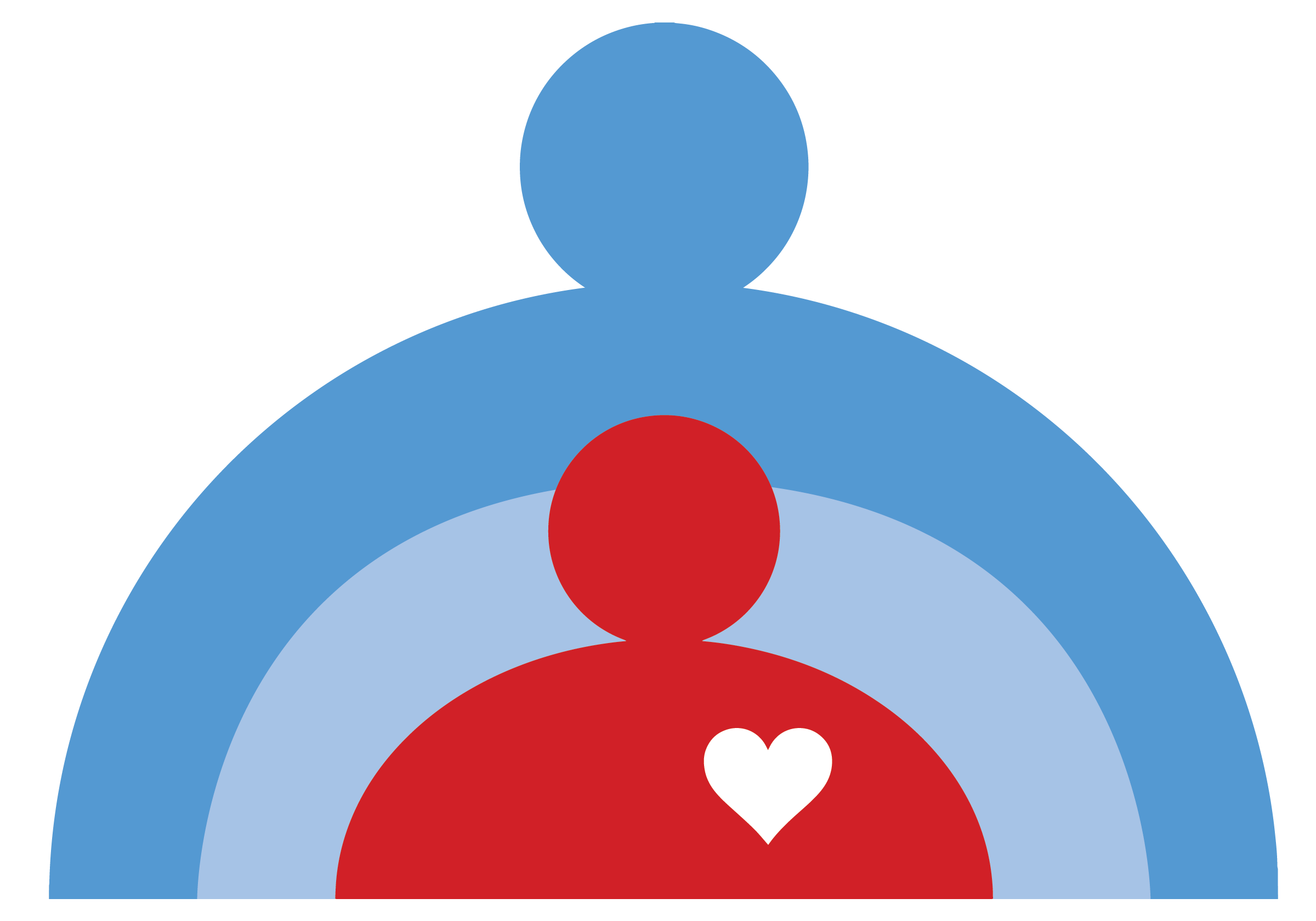By Kristy Shew
Social networking. Connecting with friends. Status updates. Event planning. Up-to-date, current information about anyone and everyone.
Welcome to the world of Facebook.
This online networking site has everyone captivated-especially teenagers. While many adults now have their own Facebook profiles, the site still primarily targets youth. With the ability to post thoughts, pictures, and any information on a profile, Facebook instantly gives many people access to others’ lives. Though privacy settings allow a user to limit what kinds of information are available to just anyone, the importance of privacy is a hard sell to many youth today.
Take Amanda,* for example. Amanda is a CASA youth who, like most other teenagers, loves to use Facebook. She loves to talk to interesting new people that she would not otherwise meet, stay constantly connected to friends, and let everybody know what she is thinking or doing. What about privacy settings? “Why do I need them?” she would ask.
Those stories about youth who befriend strangers on a social networking site, make plans to meet them, and then get kidnapped seem rare and distant to most teens who laugh at the concept of having high privacy settings on Facebook. Many people are never confronted with real danger, so the idea that something could happen to them seems ridiculous.
The Good
Because so many people use Facebook to reconnect with old friends or even family they never knew existed, high privacy settings may just seem limiting. Amanda’s father was paying child support from another state and had not had contact with her for years. Because of the distance and the difficulties connecting out-of-state relatives with youth in foster care, Amanda’s father was not aware of her situation.
Through Facebook, Amanda was able to re-connect with her biological father. Facebook allows users to search other Facebook profiles, and though the Bureau of Milwaukee Child Welfare was unable to connect Amanda and her father, Facebook was. When he found out what was going on, Amanda’s father made sure to not to lose contact with her again. Amanda has now aged out of foster care and is living with her father. She is close with family that she never knew before.
The Bad
Amanda entered foster care at age 14 after enduring years of sexual abuse by her stepfather and mother, who fled the state after Amanda reported the abuse. She thought she had left that part of her life behind until recently, when her stepfather contacted her on Facebook. He left her messages saying things like, “I’ve been watching you,” and he repeatedly sent her disturbing messages that made her feel unsafe. Amanda was understandably upset, reported the contact, and immediately took all of the steps that she could to block further contact from her stepfather. Facebook allows you to block other users from seeing your profile and activity, sending you messages, and contacting you in any way. Amanda took all of those steps.
Amanda is now a big fan of the strict privacy settings she once scoffed at. She knows that being safe and smart about what she posts online and makes available for others to see is more important than she had ever before realized. “You can’t just trust that people are who they say they are online,” she says. Although Amanda is still is a fan of Facebook, her experiences with both the positive and the negative connections that Facebook enables has made her encourage other youth to be more careful online.
Practice Tips
If you are working with teenagers or adolescents, chances are, you know a lot of very frequent Facebook users. For those in your circle who spend a lot of time on Facebook, here are some questions you can ask that may start a helpful conversation to get them thinking about the importance of online safety and privacy settings:
- What are your privacy settings and how do you use them? Privacy settings allow Facebook users to control who can see what information on their profiles. Ask youth about what kind of privacy settings they have and how they find them effective or ineffective.
- Do you really know your Facebook friends? Many youth “friend” other Facebook users that they do not actually know. Do not assume that what these “friends” say is true, and do not take their profile information at face value. On Facebook, the line between who is a stranger and who isn’t blurs with labels like “friends” and “friends of friends.”
- Do you have your phone number listed on your Facebook profile where others can see it? This can get into dangerous territory. Posting your phone number can allow people to text or call you that you do not know, and it can even escalate to a cyberbullying situation.
- Do you post information about your location, including sports schedules, school activities, and other trips you may take? It is not a good idea to publicly post information that tells other people where you are or where you are going.
- What kinds of pictures (if any) do you post on Facebook? If you do upload pictures online, be very careful about what kind of messages your pictures may send to others. Especially for girls, pictures that look provocative may attract unwanted attention from other Facebook users.
Asking questions and talking about the importance of privacy settings can only help. Kids will be kids, but the more informed they are about what can happen if they are not safe online, the more prepared they will be to deal with issues that may come.






